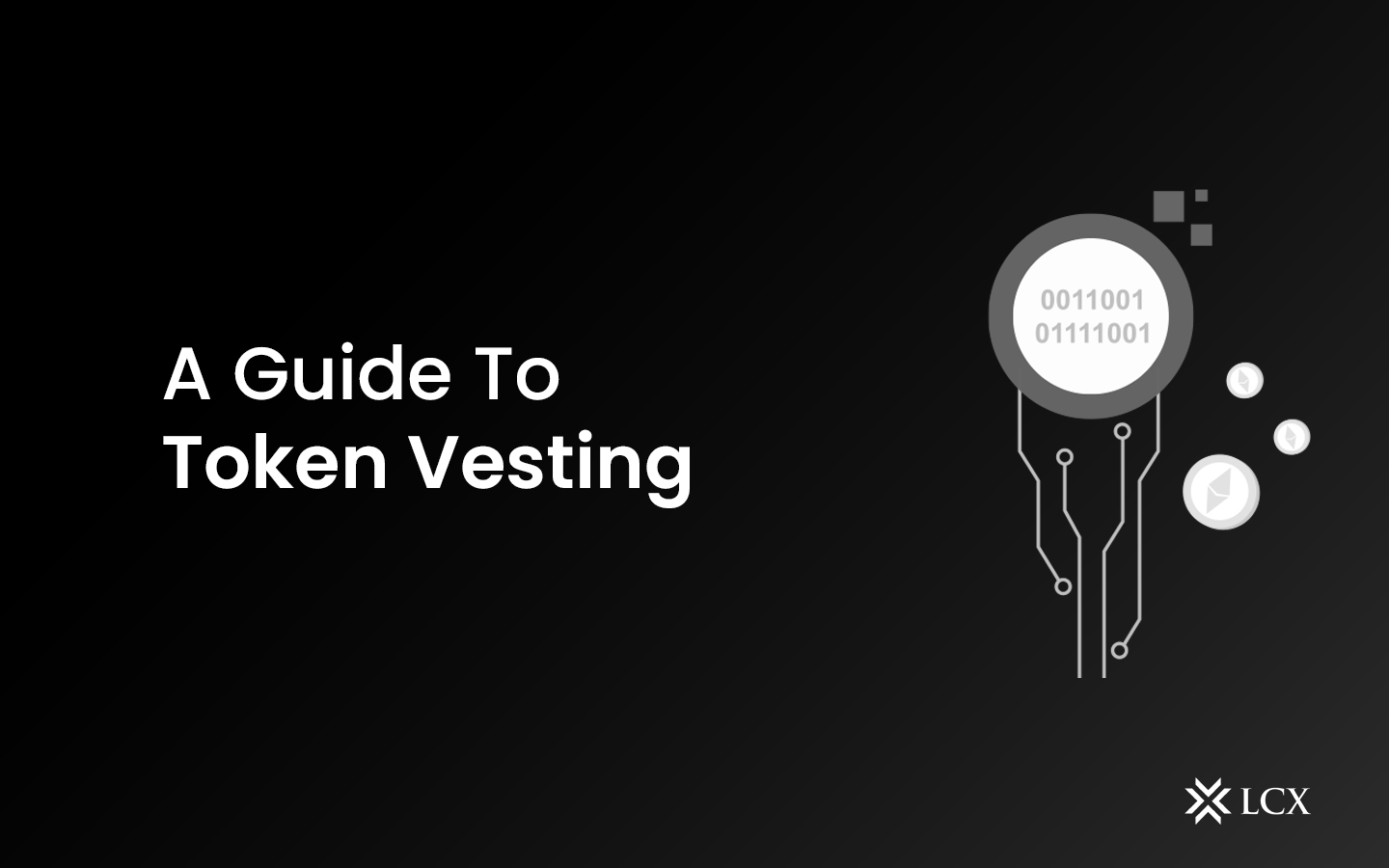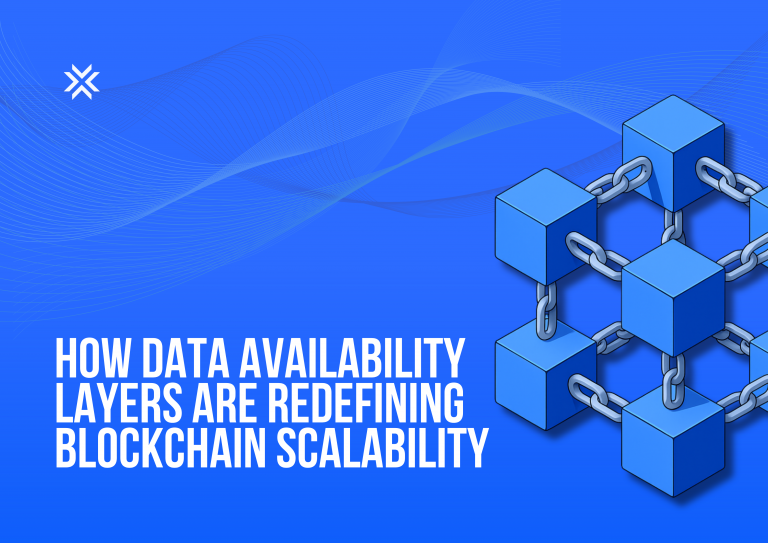We see new blockchain projects now and then on the network. All the projects need some funding to manage their finances. So, many of them host crowdfunding events where they release their tokens to the general public. At the event’s end, all the event participants receive tokens corresponding to the amount they invested. Token vesting is introduced to simplify this process.
What is meant by vesting?
Vesting includes locking the tokens and then releasing them over time. These tokens mainly belong to the people that contributed during the project’s development, such as project partners, team members, and advisors. Sometimes the investors who buy tokens in exclusive launches before they go on the general sale also have them. Smart contracts are used to lock the tokens until the conditions on the contract are met. These locked tokens are then gradually released as the project progresses, once a month, a quarter, or a year.
Vesting is done to showcase a loyal and committed image of the project. It shows that the team members and others contributing to the project are highly interested. Also, it provides the project owner with some financial incentives that motivate potential investors to contribute to such projects in the future.
How Does It Work?
Once the vesting schedule for the project is finalized, a smart contract is generated to lay down the conditions of the lock-up period. Critical documents such as whitepapers or newsletters are often used to communicate the vesting schedule publicly. Each project can choose its desired vesting period time and how they want to release the tokens.
Types Of Vesting
- Linear: In this type of vesting, the tokens are scheduled to be distributed in equal parts over some time.
- Cliff: This type of vesting consists of a period when no tokens are released. That period is known as the “cliff.” Once this period is often linear or graded, vesting is continued.
- Graded: It allows customization of the distribution frequency of the tokens. One can have their tokens released slowly over a particular number of months or even years.
Importance Of Vesting
When a new token is introduced in the market, a crowdfunding event is held before its general release, which may include ICO or IEO. Now, when the token hits the market, the project owners want to sell them as soon as possible. This leads to massive sell-offs. But these sell-offs result in high increases in the supply of the tokens that eventually decrease the price.
Also, without vesting, some particular individuals or a small group of people can lock a significant amount of tokens before their general sale and create severe supply fluctuations according to their will. This creates chaos in the market.
To overcome these issues, vesting is necessary. In fact, it is often known as the heart of tokenomics. Vesting comes with a proper schedule involving both public and private investors. It supports the stability of the project for the long term and maintains its viability in the ecosystem.
Benefits Of Vesting
- Restricts market manipulation: Vesting eliminates the investors interested in so-called “pump-and-dump” schemes. They want to create hype around the token, so they wait months before selling their tokens in the market. They disrupt the market and also tank the price of the token. Hence, vesting is essential to protect against such investors.
- Protection against market fluctuations: Vesting prevents the massive sell-offs from destabilizing the market. By controlling these, coins and tokens can enjoy some scarcity and relative value.
- Enough time for the team: Because of the pre-sale events, the project team gets enough time and funds to contribute to the project’s development. This time can also be used to attract their target audience for the project launch.
- Increased token stability: Vesting schedules retain strength to the token by eliminating unwanted entities such as pump-and-dump investors, massive sell-offs, and crypto whales.
Conclusion
There’s no specific period for the vesting schedule, and one can schedule it according to market demand or audience. These schedules help in stabilizing the tokenomics of the project. Many factors influence vesting, so it is vital to research thoroughly about it before scheduling it. It can be seen as one of the most fundamental factors for many crypto launches in the future.









